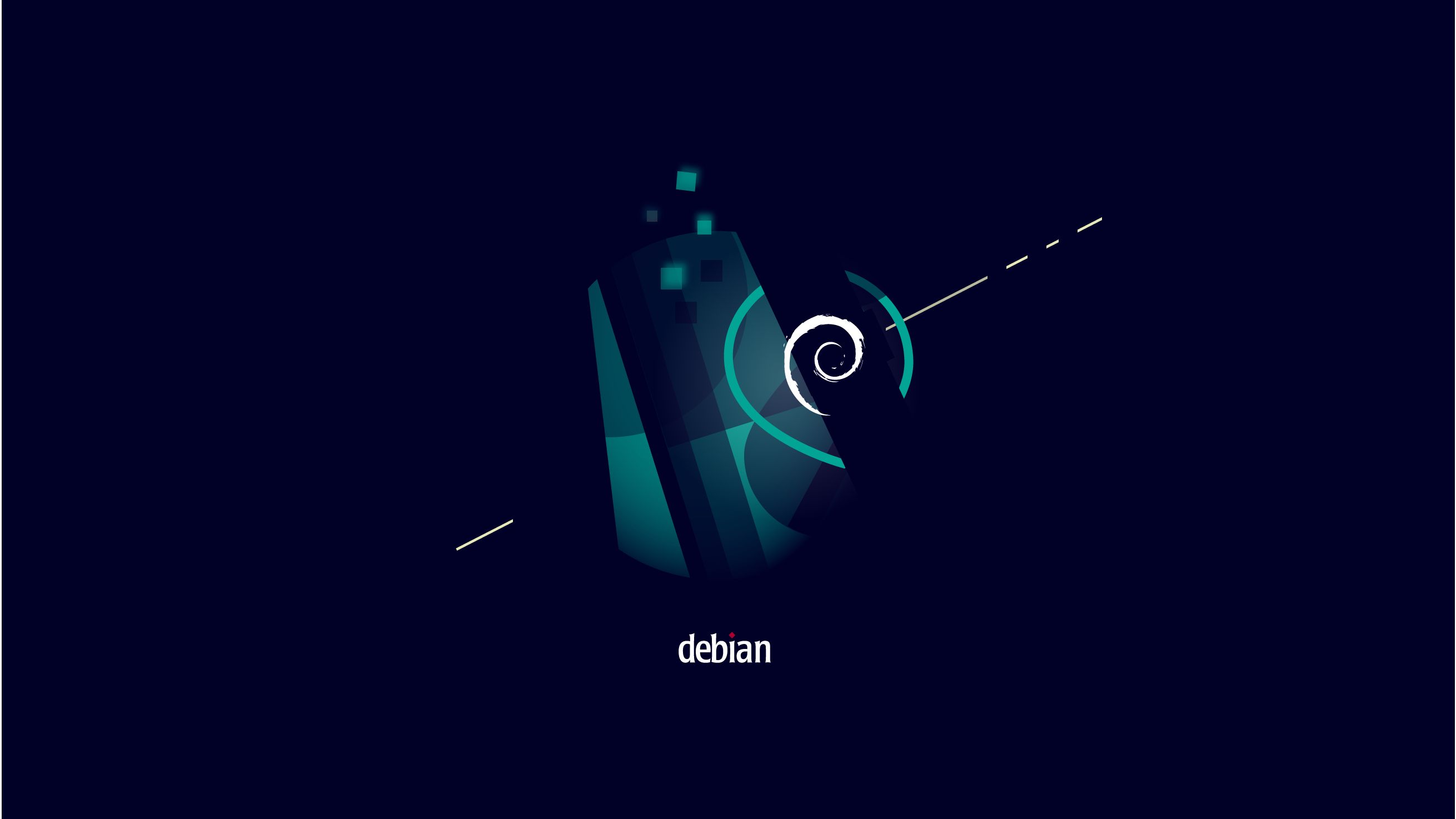The instructions in this guide will show you how to upgrade Debian Buster to Bullseye through the terminal if you wish to upgrade your Debian system quickly and easily.
The Debian11 Bullseye operating system series has been in development for the past two years by the Debian project team.
This guide will demonstrate how to update Debian 10 Buster to version 11 Bullseye using the terminal if you are currently running the older version of the operating system (Debian 10 Buster).
Then you'll show how to use the terminal to update a Debian 10 Buster system to version 11 Bullseye. Make your coffee, stop any other downloads, and then let's start the upgrade.
Remove any superfluous packages and make a backup of your data before beginning.
How to upgrade Debian 10 Buster to version 11 Bullseye via terminal
You must carry out the following steps at the terminal to upgrade Debian 10 Buster to version 11 Bullseye:
Step 1: Log in as root by opening a terminal as administrator or by pressing CTRL + ALT + F1;
Step 2: To upgrade your current system, use the commands listed below
apt-get update
apt-get upgrade
apt-get dist-upgrade
Step 3: Use this command to examine the configuration file for the package manager applications
cat /etc/apt/sources.list
Step 4: Essentially, it should follow this format in Debian Buster
deb http://security.debian.org Buster/updates main
deb http://ftp.br.debian.org/debian/ Buster main
deb-src http://ftp.br.debian.org/debian/ Buster main
deb http://ftp.us.debian.org/debian Buster main
deb-src http://ftp.us.debian.org/debian/ Buster main/code>
Step 5: Use this command to change the word Buster to Bullseye in the /etc/apt/sources.list file
sed -i 's/Buster/Bullseye/g' /etc/apt/sources.list
Step 6: Once more, use this command to view the configuration file for the package manager applications
cat /etc/apt/sources.list
Step 7: Following the modification, it will resemble this
deb http://security.debian.org Bullseye/updates main
deb http://ftp.br.debian.org/debian/ Bullseye main
deb-src http://ftp.br.debian.org/debian/ Bullseye main
deb http://ftp.us.debian.org/debian Bullseye main
deb-src http://ftp.us.debian.org/debian/ Bullseye main/code>
Step 8: To update basic packages and package management information, use the commands listed below
apt-get update
apt-get upgrade
Step 9: Use the following command to install any more updates that are currently available. This procedure takes a while, and depending on your installed software, you may need to provide answers to a few questions
apt-get dist-upgrade
Step 10: To restart the system when the installation is complete, run the following command
reboot
Step 11: To verify the most recent Debian information, use the following command when the system restarts
hostnamectl
Step 12: The outcome will resemble the data listed below
Static hostname: debian
Icon name: computer
Chassis: c
Machine ID: 909d7eb4d6cd403bb9cf478d1a3fb18d
Boot ID: 17584ebea9d447cc9657fcbced3850d0
Virtualization: oracle
Operating System: Debian GNU/Linux 11 (Bullseye)
Kernel: Linux x.y.z-y-amd64 x86_64
Architecture: x86-64
Ready! Your system is updated and running.










0 Comments